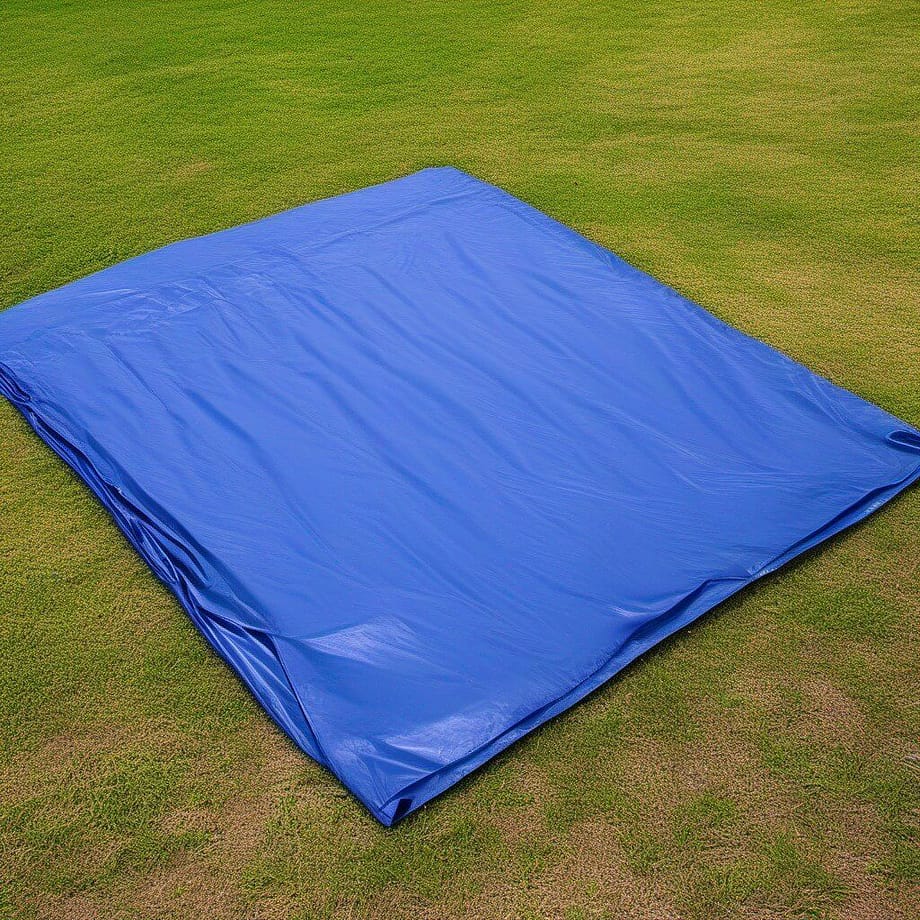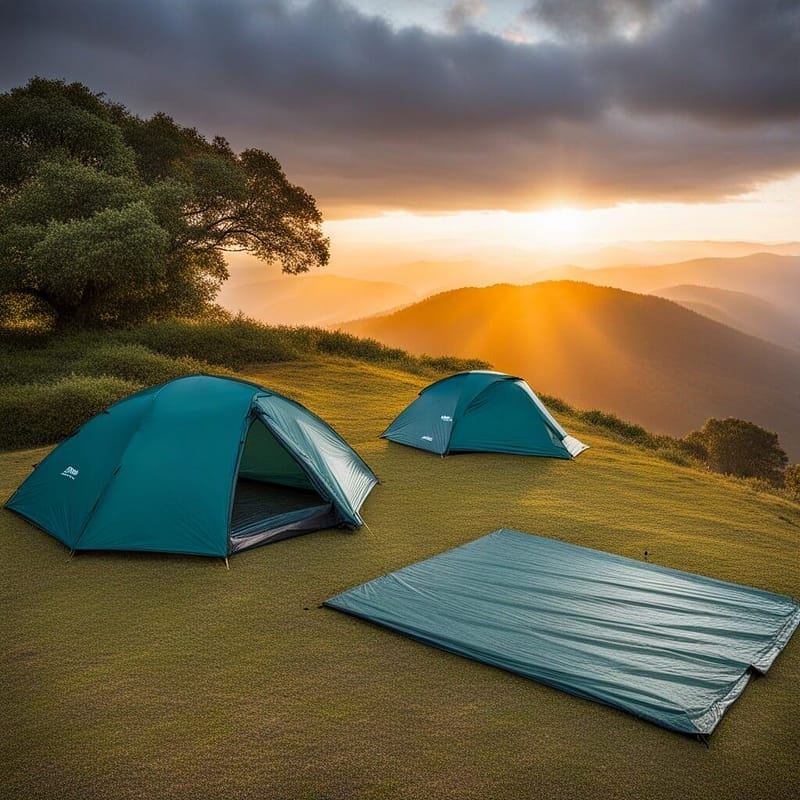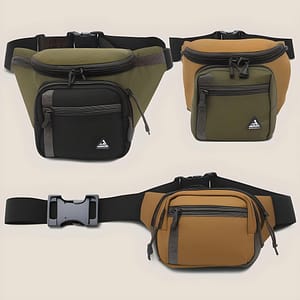Hey there, fellow adventurers! Today, we’re going to dive into a topic might not be as thrilling as cliff-jumping or fire-breathing, but trust me, it’s just as important for a successful camping trip. We’re talking about groundsheets! Now, I know what you’re thinking: “Groundsheets? Seriously? Can’t we chat about something more exciting, like mad survival skills or epic ghost stories by the campfire?” Well, let me tell you, groundsheets might not be the star of the show, but they sure do play a crucial role in keeping you dry, comfy, and ready to take on nature’s challenges.
What is a groundsheet?
You might be thinking, “What on earth is a groundsheet?” Don’t worry, I’ve got you covered (pun definitely intended).
In a nutshell, a groundsheet is like the unsung hero of the camping world. It’s a waterproof and durable sheet that you lay down on the ground before pitching your tent. Think of it as a protective barrier between your cozy tent and the sometimes less-than-ideal outdoors. It shields your tent from sharp rocks, wet ground, and creepy crawlies that might want to invade your personal space while you’re catching some Z’s.
Now, I know what you’re thinking. “Why do I need a groundsheet? Can’t I just pitch my tent directly on the ground?” Ah, my friend, if only it were that simple. You see, the ground can be a fickle creature. It can be wet, muddy, or even filled with hidden surprises like sharp stones or twigs that can turn your camping experience into a less-than-pleasant one.
What are the benefits of using a groundsheet?
First things first, let’s talk about the main purpose of a groundsheet – protecting your tent. Picture this: you’ve found the perfect spot for your tent, you’ve set it all up, and you’re just about to crawl inside for a cozy night’s sleep. But wait! What’s that? Oh no, it’s a sharp rock lurking beneath your tent. Without a trusty groundsheet, that rock would have poked its way through your tent floor faster than you can say “ouch!” With a groundsheet, you have an extra layer of protection, shielding your tent from any rough or uneven ground. It’s like a bulletproof vest for your tent! Well, maybe not that extreme, but you get the idea.
Not only does a groundsheet keep your tent safe from harm, but it also adds an extra layer of insulation. We all know that feeling of waking up in the morning and dreading the inevitable moment when you have to step out of your warm sleeping bag onto the chilly ground. A groundsheet helps to retain heat by providing an extra buffer between you and the cold earth, giving you a fighting chance to stay cozy a little longer.
And what about the rain?
Now, let’s talk about those unexpected rain showers. Mother Nature has a funny way of surprising us when we least expect it, doesn’t she? One minute it’s clear skies and sunshine, and the next minute you’re caught in a downpour that could rival the world’s biggest water slide. But fear not, my friend, because with a groundsheet, you can keep your tent high and dry even in the face of Mother Nature’s shenanigans.
You see, when rain decides to crash your camping party, a groundsheet acts as an impenetrable force field between you and the dampness of the outside world. It’s like having a superhero cape for your tent, protecting it from the relentless assault of raindrops. No more waking up in a puddle or frantically trying to mop up the water with your socks (not that I’ve ever done that… okay, maybe once).
But the benefits of a groundsheet don’t stop there. Oh no, my friend, there’s more. Let’s talk about those pesky bugs that seem to have an uncanny ability to find their way into every nook and cranny of your tent. With a groundsheet in place, you create an extra barrier against these tiny intruders. It’s like building a fortress around your sleeping quarters, keeping the creepy crawlies at bay and ensuring a peaceful night’s sleep.

How do I set up a groundsheet?
Let’s learn how to set a groundsheet up like a pro:
Step 1: Choose your Groundsheet
First things first, you need to select the right groundsheet for your needs. They come in various shapes and sizes, just like pizzas (ah, the wonders of life!). Some are specifically tailored for certain tent models, while others are more universal. Consider the dimensions of your tent and opt for a groundsheet that’s slightly larger to provide ample protection for your tent’s base.
Step 2: Select the Perfect
Select the right spot perfect spot to set up camp. Look for a flat and level area that is free from any sharp objects or rocks that could potentially damage your groundsheet. You don’t want any surprise pokes or tears in your fortress, do you?
Step 3: Clear the Area
Before laying down your groundsheet, take a few moments to clear the area of any debris such as sticks, rocks, or other small objects. Trust me, you don’t want to be poking your backside on a stray twig in the middle of the night. Ouch!
Step 4: Lay it Down
Once the area is cleared, it’s time to lay down your groundsheet. Start by unfolding it and carefully positioning it on the ground. Make sure it covers the entire area where your tent will be placed, extending a little beyond the edges for extra protection. It’s like tucking your tent into bed with a cozy blanket.
Step 5: Secure it in Place
To keep your groundsheet from blowing away in the wind, secure it in place using some pegs or rocks. This will ensure that it stays put and doesn’t end up in the neighboring campsite or flying off like a superhero cape caught in a gust of wind.
Step 6: Set Up Your Tent
With your groundsheet in place, it’s now time to set up your tent. Follow the instructions provided by the manufacturer and make sure to anchor your tent securely to the groundsheet. This will create a seamless transition between the two and provide even more protection against the elements. Plus, it’s like adding another layer of defense to your fortress.
Step 7: Enjoy Your Fortress
Congratulations! You’ve successfully set up your groundsheet like a pro. Now it’s time to sit back, relax, and enjoy your camping adventure. With your groundsheet in place, you can sleep peacefully knowing that you’ve created a barrier between you and the ground-dwelling creatures. Just make sure to zip up your tent properly, unless you want an unexpected visitor joining you for the night.
Are groundsheets reusable?
The short answer is yes, groundsheets are totally reusable. They’re like the eco-friendly superheroes of the camping world. But hold up, before you start doing your happy dance, there are a few things to keep in mind.
First off, groundsheets can take a beating. They’re designed to withstand the elements, all the rough terrain, and even the occasional clumsy camper (we’ve all been there, no shame). So, as long as your groundsheet is still in decent shape without any major tears or holes, you’re good to go for another camping adventure.
However, it’s important to give your groundsheet some TLC. When you’re packing up your campsite, make sure you clean off any dirt, leaves, or unwanted critters that might have hitched a ride. You don’t want any surprises when you unpack next time around.
Also, keep an eye out for any signs of wear and tear. If you notice any small holes or weak spots, patch them up before they turn into a full-blown catastrophe. There are plenty of DIY repair kits out there, or you can always resort to some good ol’ duct tape.
How large is a typical groundsheet?
Now, when it comes to the size of a typical groundsheet, it really depends on what you’re looking for. They come in all shapes and sizes, just like our dreams of the perfect camping adventure.
First things first, let’s talk about width. A typical groundsheet usually ranges from around 6 to 8 feet wide. Yeah, that’s right, my friends, we’re talking about a good ol’ chunk of space to keep you and your gear off the cold, damp ground. No more waking up with a soggy backside, am I right?
Now, when it comes to length, things can vary a bit more. You can find groundsheet lengths anywhere from 6 to 10 feet or even longer if you’re feeling fancy. The key here is to find a length that suits your needs. If you’re a solo adventurer, a shorter groundsheet might do the trick. But if you’re camping with your squad, you might wanna go for a longer one to accommodate all your bros.
But wait, there’s more! Groundsheets aren’t just about size, they also come in different materials. You’ve got your traditional polyethylene sheets that are lightweight and durable, perfect for backpackers and hikers on the go. Then there are the heavy-duty PVC groundsheets that can handle some serious abuse, ideal for those rugged camping trips where you know you’re gonna be roughing it. And let’s not forget about the fancy, high-tech options like ripstop nylon or polyester, which offer superior waterproofing and breathability.
Summary
In conclusion, my camping comrades, groundsheets are an essential piece of gear that can make or break your outdoor experience. They provide a barrier between you and the cold, damp ground, keeping you dry and comfortable throughout the night. Plus, they protect your precious tent from wear and tear, ensuring it lasts for many more adventures to come.
So, next time you’re gearing up for a camping trip, don’t forget to pack your trusty groundsheets. Give them some love and care, patch up any holes or weak spots, and they’ll have your back (literally) for years to come. Whether you’re a solo adventurer or part of a camping crew, there’s a groundsheet out there that’s just right for you.





